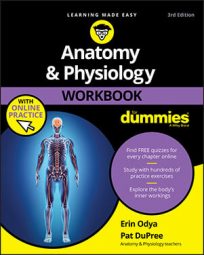The purpose of this contraption is to block blood flow to your forearm. Then, as air is let out, blood begins to flow turbulently creating the audible sounds of Kortokoff (that’s why the stethoscope is positioned on your antecubital region, or inner elbow).
When the pressure around your arm matches the systolic blood pressure, the maximum force that the blood puts on the walls of the arteries due to ventricular contraction, some blood gets through, hitting the walls which you can hear. Then, when the external pressure matches the diastolic blood pressure, the force applied to the walls between contractions, the sounds stop because the blood is now allowed to flow smoothly. So your blood pressure is recorded as the systolic pressure over the diastolic, or 120/80 mmHg on average.
The importance of blood pressure is not only to keep the blood circulating; it is the driving force behind capillary exchange.
Blood pressure that is too high (hypertension) damages the artery walls leading to a cascade of problems that can ultimately lead to heart failure. Unfortunately for us, the body doesn’t seem to care much about this issue, as plenty of resources are being exchanged at the capillaries. There is no built-in mechanism for homeostasis of blood pressure if it is chronically high.On the other hand, low blood pressure (hypotension) means the body’s tissues aren’t receiving enough oxygen and other nutrients—a problem that must be solved post haste. A series of hormones are released via the renin-angiotensin system, which leads to vasoconstriction (decreasing the diameter of the arteries) and water retention in the kidneys, both of which lead to an increase in blood pressure.

